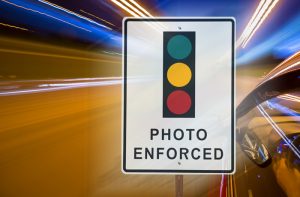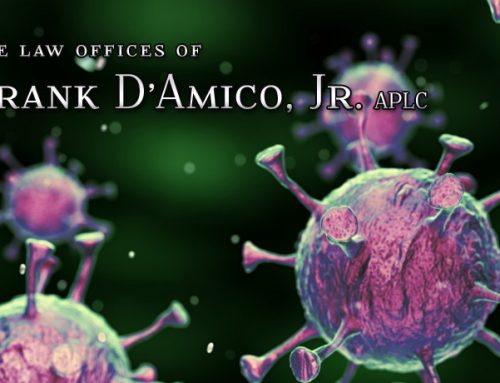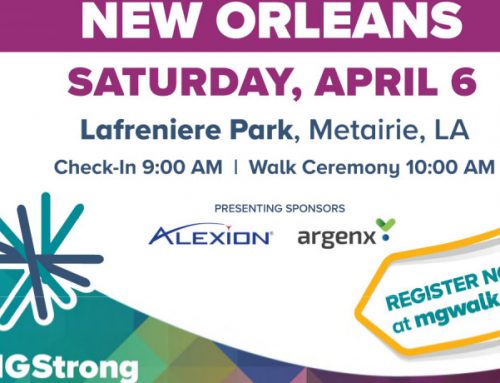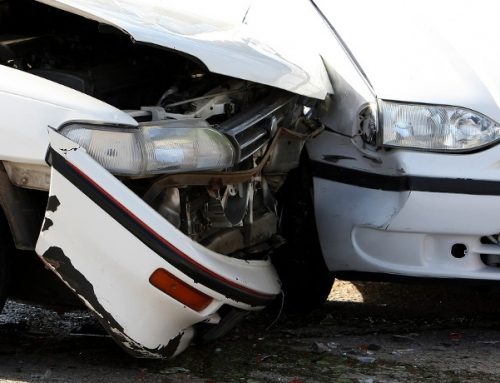In 2007, driving in New Orleans was forever changed not because the streets have improved but with the implementation of the New Orleans Traffic Cameras. The city of New Orleans enacted a group of ordinances that permitted the use of automated photographic cameras or Traffic Cameras to detect red light and speeding violations in designated locations throughout the city. This was the beginning of the Automated Traffic Enforcement System (ATES).
 What is the Automated Traffic Enforcement System (ATES)
What is the Automated Traffic Enforcement System (ATES)
ATES is a program that is designed for the purpose of enforcing alleged violations of the traffic laws for the City of New Orleans. This program allows the City of New Orleans with the assistance of the American Traffic Solutions to supervise and issue citations for alleged traffic violations throughout the City of New Orleans. The ordinance allows for any penalty imposed for a violation to be characterized as a “civil” penalty which means the penalties will only be monetary in nature and not physical restraint or criminal punishment. In addition, the notice of violations are not reported to the Department of Public Records or insurance carriers.
What Exactly Happens When A Motorist is “Caught” by the New Orleans Traffic Cameras?
After the traffic camera snaps a photo of the car license plate, a motorist will by cited by the city. The Notice of the Violation will include the following: 1. Description of the alleged violations along with date, time and location; 2. Recorded images of the alleged violation; 3. Name and address of the registered owner of the vehicle; 4. License plate number of the vehicle involved; 5. Amount of penalty to be imposed; 6. Date the penalty must be paid; 7. Statement that the recorded image was evidence for use in the proceedings to challenge the imposition; 8. Manner and time to challenge the imposition; 9. Statement that a failure to timely pay, file a challenge, or failure to appear at the hearing date would be considered an admission of liability and a waiver of the right to appeal.
What Happens If You Decide To Challenge The Violation?
The motorist is compelled to proceed to an adjudicatory procedure established by the city which is NOT the Traffic Court for the City of New Orleans. At the challenge hearing, the motorist can contest the violation citing that the ATES video violated hearsay rules, that the evidence failed to establish the person who actually committed the crime, that no live police officer or other human being testified on the city’s behalf to admit the evidence. The motorist may win the challenge, but if lost, s/he can appeal to the Traffic Court for the City of New Orleans.
Is this a violation of your rights?
The Law Offices of Frank D’Amico, Jr. believe that it is an unauthorized and unconstitutional collection of funds from a program illegally adopted and implemented. Specifically, the program allows the City and other parties involved to seek monetary collection for alleged violations which conduct is contrary to the constitutional provisions set forth by the State of Louisiana and the Home Rule Charter of the City of New Orleans.
So, are the New Orleans Traffic Cameras here to stay? Not, if the Law Offices of Frank D’Amico, Jr has anything to say about them.







